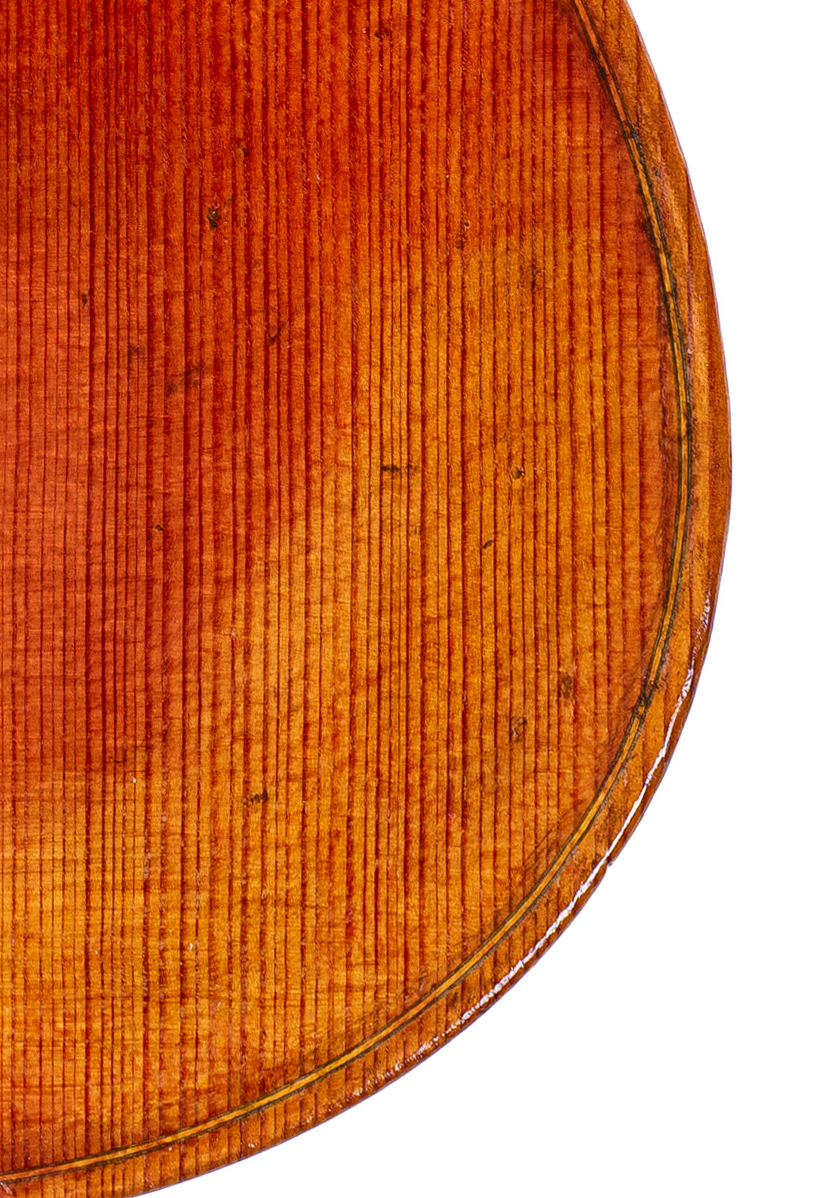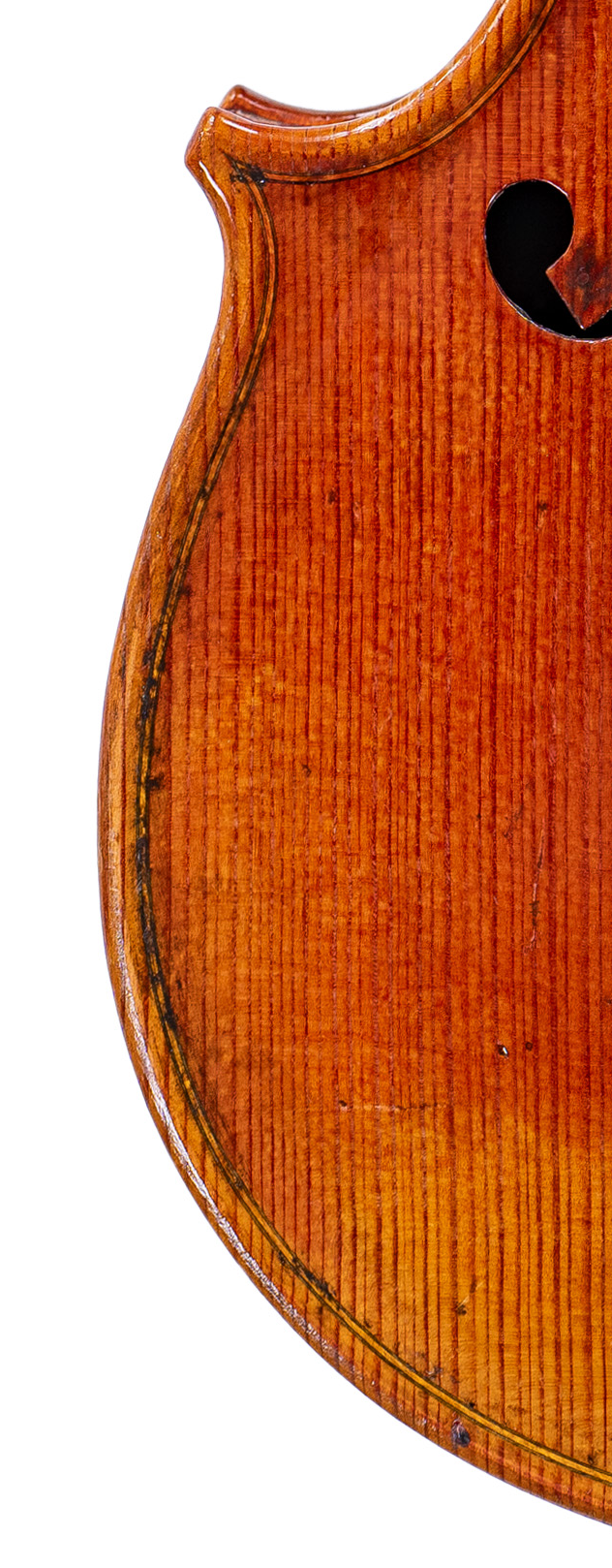Free Worldwide Shipping
Personalised Recommendations
Book a Video Appointment
Free Worldwide Shipping
An antiqued violin offers immediate older charm, a sense of heritage, and perhaps a little of that old-world romance.
For centuries, violin makers and musicians alike have been fascinated by the look and feel of older instruments. All the aspects of natural antiquing, such as varnish wear, edge wear, patina, scratches all combine to make a well-aged antique violin a beautiful object of history. Today, many modern luthiers replicate this effect through a process known as violin antiquing. It’s a technique that blends artistry with science, and although it doesn't seem to be the case at first, it’s far more than simply making a violin look “old.”
Antiquing has both practical and aesthetic roots. Historically, violins were played for decades, sometimes centuries, naturally developing wear and a distinctive patina. Today’s musicians often admire this appearance because it evokes the great instruments of the past — the Stradivaris, Guarneris, and Amatis that define violin history.
A well-antiqued instrument can also be more visually forgiving to the inevitable marks that come with years of playing, making it appealing to both professional violinists and collectors.
The art of violin antiquing is rooted in studying historic masterpieces. Makers closely observe varnish wear, colour shifts, and even tool marks on centuries-old instruments. For the most part, the goal isn’t to create an exact replica, but to give a new violin the look of an antique violin.
Below are some of the techniques that makers use:
These methods are very elaborate and to do them successfully requires a very good understanding of different varnishing and aging techniques.
One of the biggest misconceptions is that antiquing is purely cosmetic. In reality, the varnish process (antiqued or not) can influence a violin’s tone. Heavy varnish layers may dampen vibrations, while a light, well-applied coat allows the wood to resonate freely. This means a luthier must carefully balance the desired antique look with preserving the instrument’s sound quality. Some makers will insist that their instruments sound good because of how much varnish is removed during the antiquing process.
Of course, new looking instruments can sound excellent too! There are many other factors other than varnish that contribute to the sound of an instrument such as wood density, direction of grain, thicknesses, etc.
Many musicians feel more at ease playing an antiqued violin because it reminds them of the hallowed older instruments that they carry in such high regard. Makers who antique their instruments sometimes also prefer to make an instrument that will blend in visually with older instruments to maintain a homogenous look.
The wear of an instrument can also be a concern. Antique violins do not produce the same anxiety about scratching a flawless finish.
At MyLuthier, our Atelier range includes instruments that are carefully antiqued to combine visual beauty with outstanding sound. Each detail, from the subtle patina to the gently worn edges, is created by our skilled violin makers.
Below you can see one of violins with overall wear in the varnish following wear patterns on old Cremonese instruments:

And now some close ups of detail work that goes into the antiquing of each of our instruments. This can take many shapes but below you will see work on the corner, purfling and edges as well as the body of the instrument itself:


The decision often comes down to personal preference. A pristine, un-antiqued violin can be equally beautiful and allows the player to mark its history through their own years of performance. An antiqued violin offers immediate older charm, a sense of heritage, and perhaps a little of that old-world romance.
Both styles can produce exceptional tone, and the best choice is the one that inspires you!
Ariel Lang is a Violinist and one of the Co-Founders of MyLuthier.co. He studied with Jack Liebeck at the Royal Academy of Music. As a freelance musician, he focuses on performing with small chamber ensembles such as the United Strings of Europe and O/Modernt.
Rare antique instruments, representing both historical significance and unparalleled craftsmanship.
View Instruments